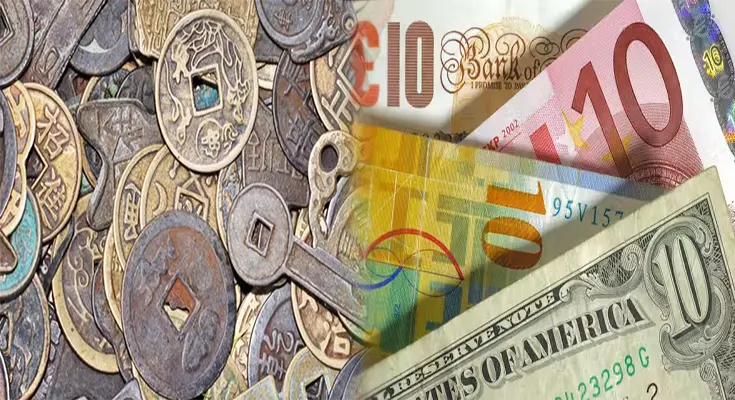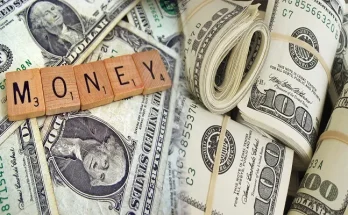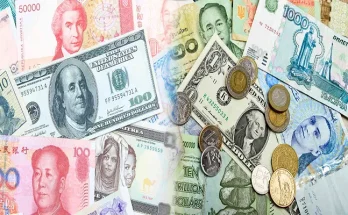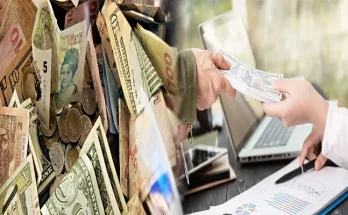Money, as we know it today, plays a crucial role in the functioning of economies worldwide. Its history and evolution have been shaped by various factors, from early barter systems to the introduction of digital currencies. In this article, we will delve into the fascinating journey of money in economics.
Barter System and the Birth of Money
Before the concept of money was established, societies relied on the barter system to facilitate trade. Individuals exchanged goods and services directly, without the need for a common medium of exchange. While this system enabled transactions to occur, it was limited by the double coincidence of wants, where both parties had to desire each other’s goods or services.
To overcome the inefficiencies of bartering, early civilizations began using commodities such as shells, salt, and livestock as a medium of exchange. These items held intrinsic value and were widely accepted within communities, serving as the precursors to modern forms of money.
The Introduction of Currency
The evolution of money took a significant step forward with the introduction of currency. Metal coins emerged as a popular medium of exchange due to their durability, divisibility, and portability. Civilizations such as the Greeks, Romans, and Chinese minted coins made of precious metals like gold and silver, establishing a standardized form of money that transcended local barter economies.
The adoption of paper money further revolutionized the concept of currency. Initially introduced as promissory notes representing deposits of precious metals held by banks, paper money gradually became widely accepted as a trusted medium of exchange. Governments eventually assumed the responsibility of issuing and regulating currency, further solidifying its role in facilitating economic transactions.
Modern Banking and Fiat Currency
The rise of modern banking systems in the 17th century transformed the landscape of money in economics. Banks began issuing banknotes backed by reserves of precious metals, allowing for the expansion of credit and the facilitation of larger transactions. The transition from commodity-backed money to fiat currency, which derives its value from government decree rather than a physical commodity, marked a pivotal moment in the evolution of money.
Today, fiat currencies such as the US dollar, Euro, and Japanese Yen serve as the primary medium of exchange in the global economy. Central banks play a critical role in regulating the money supply, influencing interest rates, and maintaining price stability. The advent of digital currencies and cryptocurrencies like Bitcoin has added a new dimension to the evolution of money, challenging traditional notions of value and exchange.
The history and evolution of money in economics reflect the dynamic nature of human societies and their quest for efficient and reliable systems of exchange. From the barter system to modern digital currencies, money has undergone numerous transformations that have shaped economies and societies around the world. As technology continues to advance, the future of money in economics remains a fascinating subject of study, with new innovations and challenges on the horizon.





